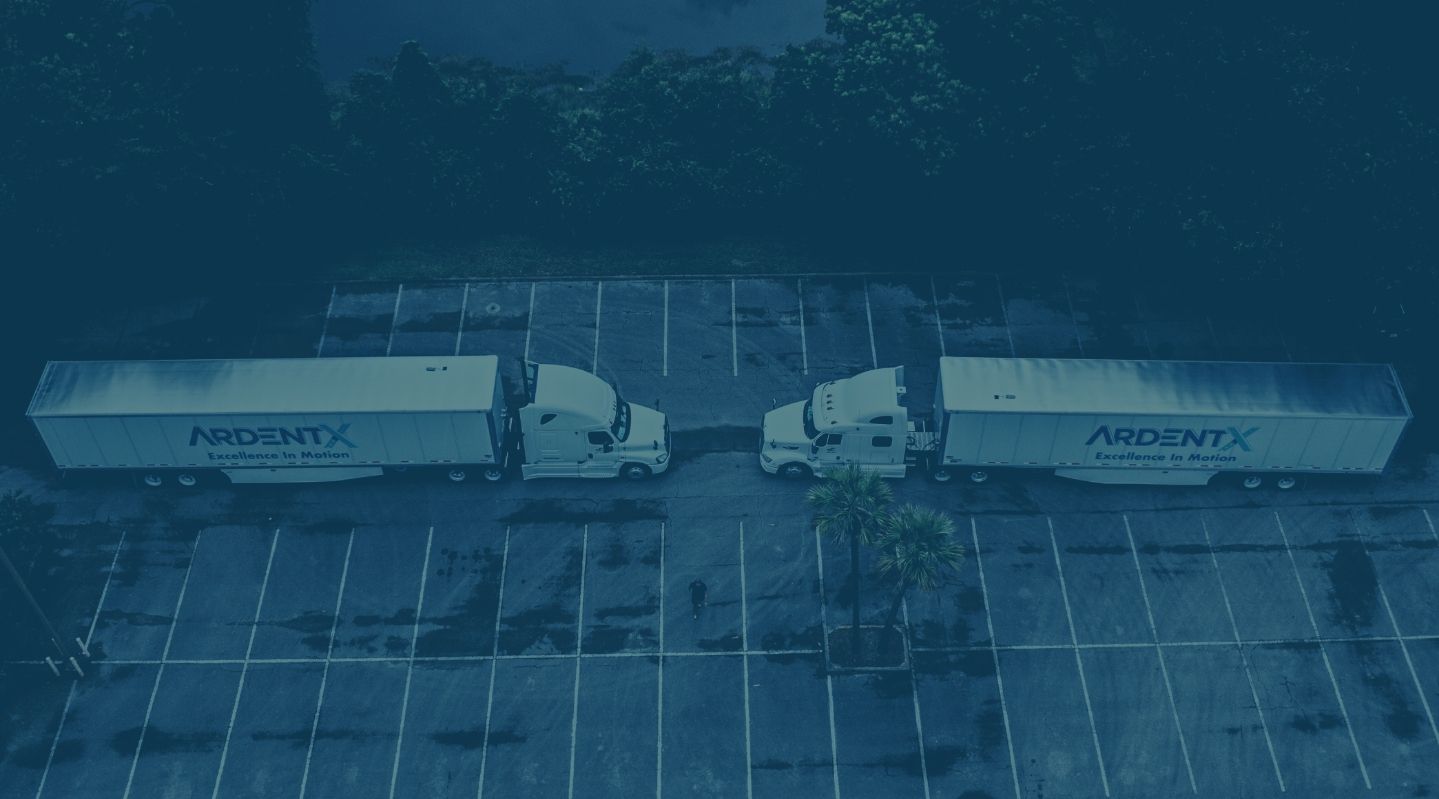
20 Nov Is Cross-Docking Suitable for My Business?
An Introduction to Cross-Docking
Cross-docking can help you save money by reducing warehouse inefficiency and freeing up capital associated with managing inventory. Cross-docking helps you maintain fewer inventories in your facility and pass them over more quickly. What makes this unique? In most cases, inbound items are examined, categorized, and then held in your storage facility until required. Cross-docking definitely decreases the requirement for warehousing and, in certain situations, completely removes it. Cross-docking is an excellent strategy for increasing warehouse cost efficiency. Of course, it isn’t ideal for every company, but for others, it can be transformational.
Cross-Docking and Warehousing: Differences between the two
We’ll go over warehousing briefly before getting into cross-docking. Warehouses used to be venues where efficiency was prioritized. Businesses utilize warehouses to house extra items in order to keep things circulating throughout the supply chain network to meet swings in customer demands.
Despite its necessity, however, warehousing elevates expenses for:
• Taxation and storage of spaces
• Heating and electricity for storage areas
• Labor costs for inventory management
• Taxes and insurance coverage
Certain commodities do not go into inventory anymore and instead travel through a procedure known as “cross-docking.” In a hub-and-spoke architecture, the warehouse or dispersion center functions as the “hub” in a cross-docking arrangement. Deliveries are swiftly processed, packaged, and loaded onto trailers heading for various locations.
Respectively, inventory and warehouse product management are being efficiently reduced by businesses.
What Is Involved In A Cross-Docking Operation?
Cross-docking, at its most basic level, employs the same tools as conventional warehouse operations, including a loading dock, pallets, containers, and material handling equipment. To enhance the procedure, follow an expertly crafted cross-docking method following three approaches to crossdocking activities. This includes the following:
1. Planning
2. Scheduling
3. Coordination platform design
You won’t have to re-analyze your data or design a cross-docking management strategy from scratch if you employ appropriate warehouse technology. Operating and managing an effective cross-docking operation requires the use of a warehouse management system (WMS).
The following functionalities are available in a cross-docking WMS tool:
• Electronic Advance Ship Notice (ASN) Transmission
• Barcode Scanning
• Parsing ADC devices
• Incoming Freight Management
• Business Intelligence
• Disaster Recovery
• Workforce Planning Capabilities
What Are The Benefits of Cross-Docking?
• It reduces the amount of storage space required.
• Inventory expenditures are reduced.
• The material flow has been reduced.
• It improves the quality of the product.
• Labor costs are reduced.
• Material handling damage is reduced.
• It cuts down on delivery times.
• Increased levels of service
• Reduce the cost of transport.
• Total fixed costs are reduced.
What Are the Negative Consequences of Cross-Docking?
• It can take a long time.
• Investment in capital
• It is necessary to have faith in the supplier.
• Transport vehicles are required.
• Shrinkage Possibility
Cross-docking Could Be a Profitable Production Network Strategy for Your Company
Cross-docking has the potential to save a lot of money. On the other hand, marketers, retailers, and manufacturers, on the other hand, should not consider it a solution. Cross-docking demands a thorough study of your sector, the commitment of needed upfront resources, and the desire to build a detailed set of standardized operational procedures.


Sorry, the comment form is closed at this time.